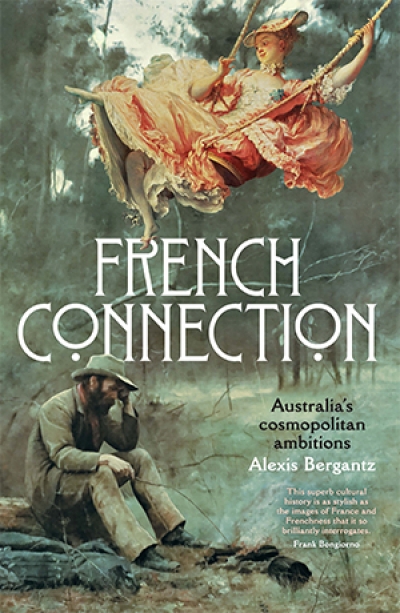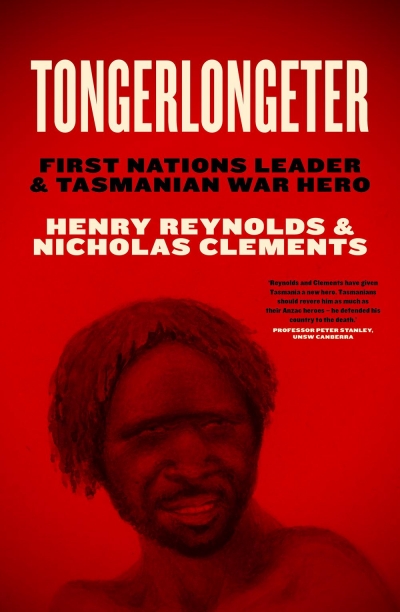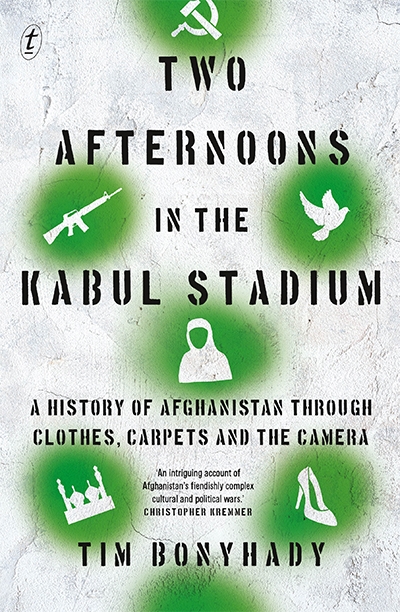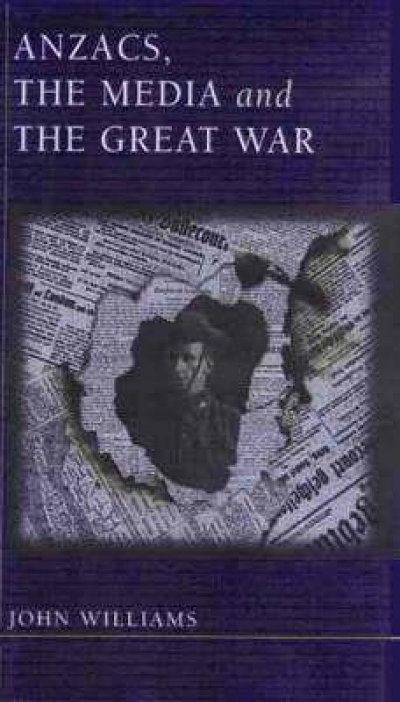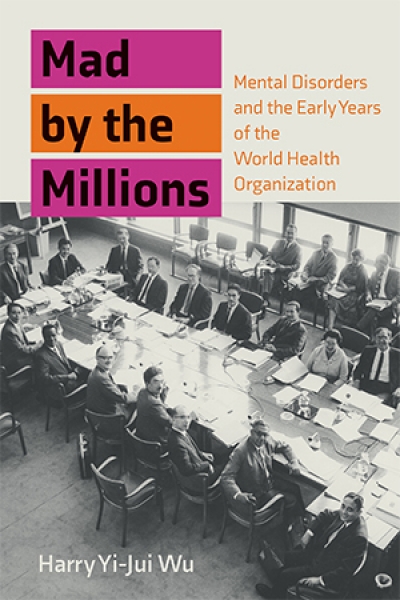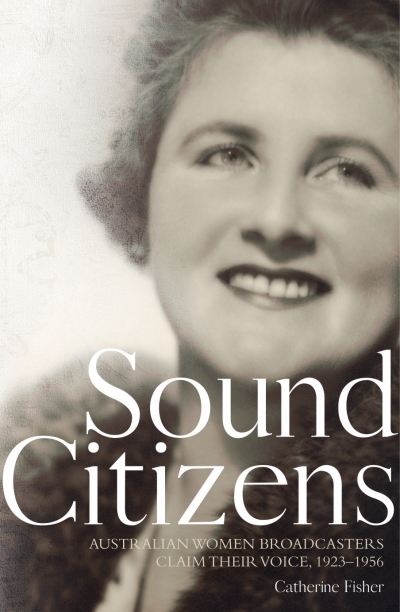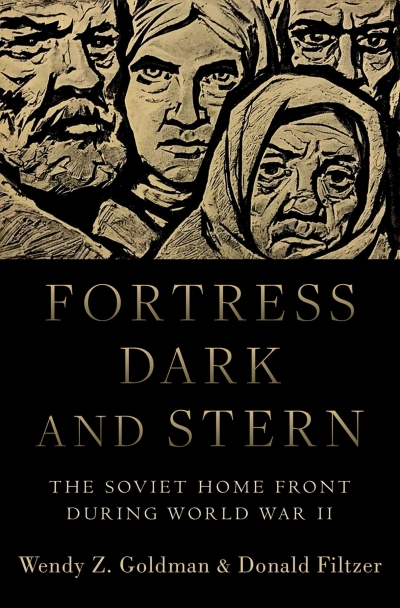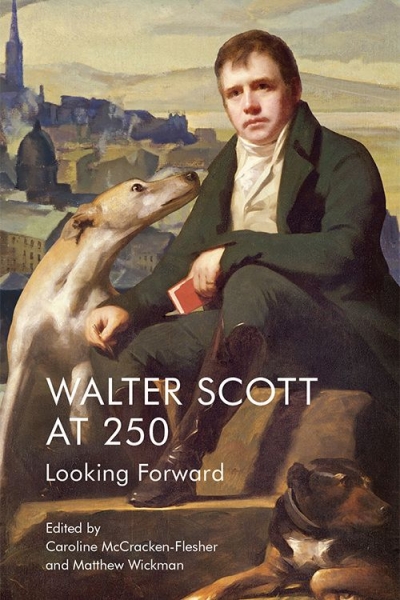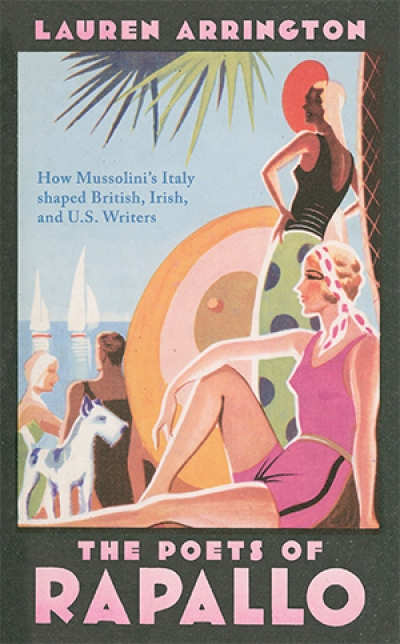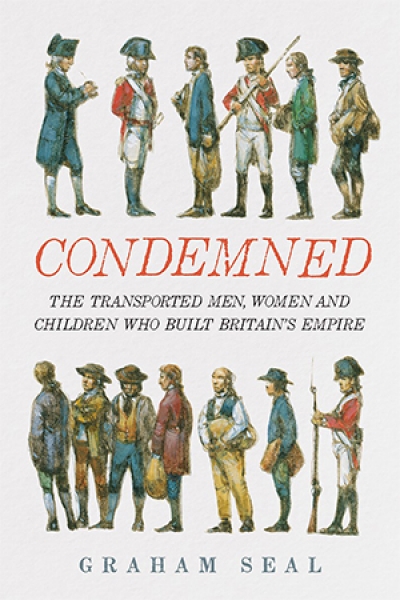History
French Connection: Australia’s cosmopolitan ambitions by Alexis Bergantz
by Jim Davidson •
Tongerlongeter: First Nations leader and Tasmanian war hero by Henry Reynolds and Nicholas Clements
by Libby Connors •
Two Afternoons in the Kabul Stadium: A history of Afghanistan through clothes, carpets and the camera by Tim Bonyhady
by Morag Fraser •
Mad by the Millions: Mental disorders and the early years of the World Health Organization by Harry Yi-Jui Wu
by James Dunk •
Sound Citizens: Australian women broadcasters claim their voice, 1923-1956 by Catherine Fisher
by Yves Rees •
Fortress Dark and Stern: The Soviet home front during World War II by Wendy Z. Goldman and Donald Filtzer
by Sheila Fitzpatrick •
Walter Scott at 250: Looking forward by Caroline McCracken-Flesher and Matthew Wickman
by Graham Tulloch •
The Poets of Rapallo: How Mussolini’s Italy shaped British, Irish, and US writers by Lauren Arrington
by Sean Pryor •

